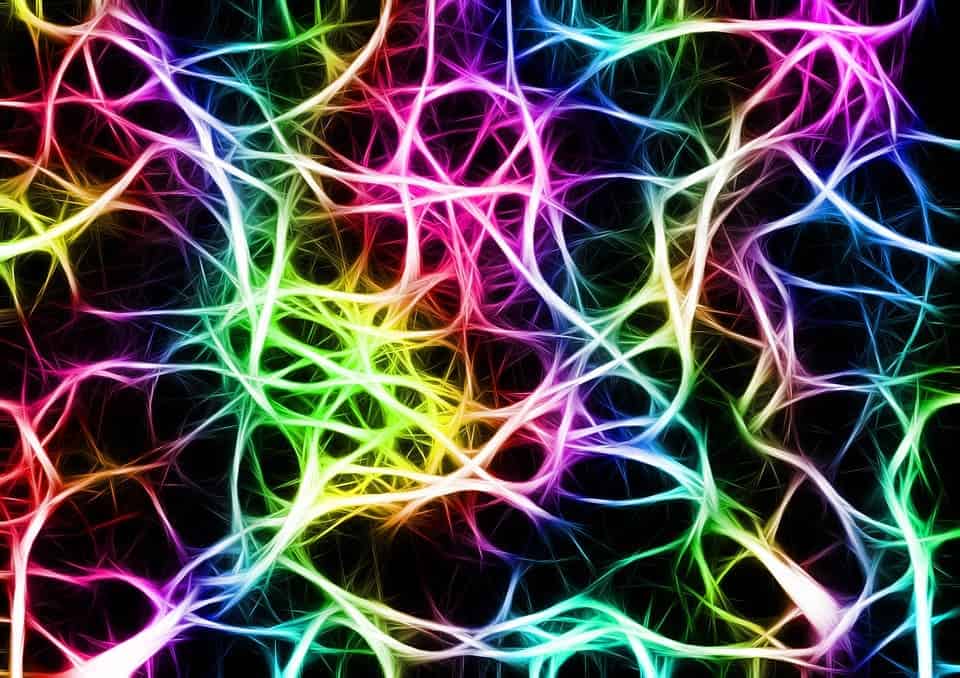
Human intelligence is a tricky subject – many believe that the results of standard intelligence tests should be taken with a grain of salt due its various facets that are difficult to quantify, while others believe in using universal standards.
Now, for the first time ever, a team of researchers from the University of Warwick has defined and measured human intelligence using data from a study that quantifies the brain’s unique functions. The study identified the various parts of the brain, how they interact at different times, and how this information is related to intellect, revealing that variability in brain function is connected to higher levels of intelligence and creativity.
Using magnetic resonance imaging (MRI), the team behind the study examined resting-state brain scans from people all around the world and found that areas of the brain that are connected to intelligence show higher levels of variability compared to areas not associated with intelligence. In particular, the data showed that regions of the brain connected to intelligence experience frequent changes in their neural connections to other regions of the brain, with changes taking place in a matter of minutes or seconds.
“Human intelligence is a widely and hotly debated topic and only recently have advanced brain imaging techniques, such as those used in our current study, given us the opportunity to gain sufficient insights to resolve this and inform developments in artificial intelligence, as well as help establish the basis for understanding and diagnosis of debilitating human mental disorders such as schizophrenia and depression,” said Jianfeng Feng of the University of Warwick and senior author of the study.
In addition to presenting the possibility of better understanding human mental health, the data could also help us further advance artificial intelligence (AI) systems, which currently do not possess the level of variability and adaptability seen in the human brain. Further research could help us create AI systems with neural networks that can grow and adapt in a way that mirrors the human brain’s intelligence and learning capabilities.
Journal Reference: Neural, electrophysiological and anatomical basis of brain-network variability and its characteristic changes in mental disorders. 14 July 2016. 10.1093/brain/aww143






